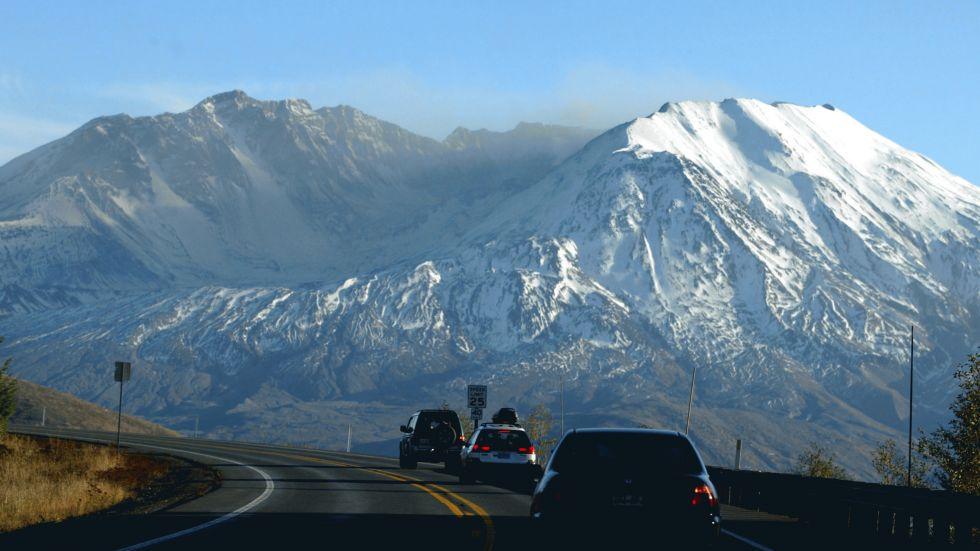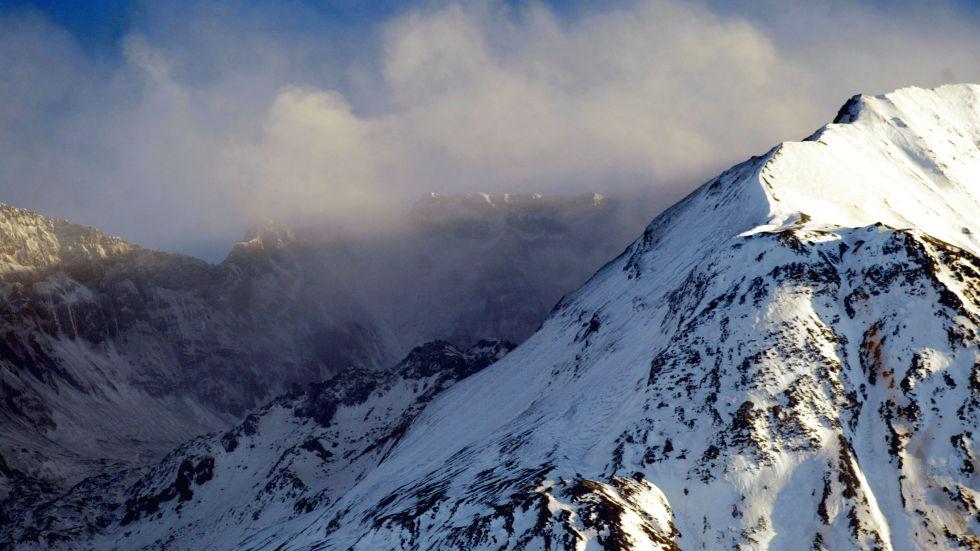
Mount St. Helens Earthquake Swarms a Volcano Warning Sign, USGS Says
Source: weather.com
Scientists have detected a swarm of low-magnitude earthquakes beneath Mount St. Helens since last month, an occurrence that has researchers believing it’s recharging its batteries for another eruption.
According to the US Geological Survey (USGS), since March 14, there have been more than 130 earthquakes detected by the Pacific Northwest Seismic Network. There have also been many more quakes that were too small to find.
The tremors mainly had low magnitudes of 0.5 or less, with the largest clocking in at 1.3. The rates of earthquakes have been steadily climbing, reaching almost 40 quakes per week. The good news is, all of these occur at a depth between 1.2 to 4 miles below Earth’s surface and are too small to be felt above ground.
With all the rattling being done under our feet, the Washington volcano still appears to be silent.
In order to understand what exactly volcanoes do in this time of repose, you have to “look at the evidence of changes in the magmatic system recorded in the crystals that are brought up during an eruption,” Denison University assistant professor of geosciences Erik Klemetti writes for Wired.
Viewing these records shows intrusions of new magma occurring frequently, even when the volcanic system might not erupt for 100,000 years, Wired also reports.
The quakes underneath Mount St. Helens are volcano-tectonic in nature, which indicates a slip on a small fault, according to USGS. These usually take place in active hydrothermal and magmatic systems, which means it’s surrounded by hot gasses, hot water and, of course, magma. As the volcano slowly recharges, the magma chamber is likely imparting its own stresses on the Earth’s crust around and above it.
This stress pushes fluid through cracks, which creates the small tremors.
Though the idea of Mount St. Helens doing some kind of volcanic boxer shuffle to prepare for another eruption is worrisome, scientists say that this doesn’t necessarily mean it’s going to blow anytime soon.
“The current pattern of seismicity is similar to swarms seen at Mount St. Helens in 2013 and 2014; recharge swarms in the 1990s had much higher earthquake rates and energy release,” states USGS. “No anomalies games, increases in ground inflation or shallow seismicity have been detected with this swarm, and there are no signs of an imminent eruption.”
Between 1987 and 2004, researchers observing Mount St. Helens noted that recharge can go on for many years under a volcano without an explosion. However, this means that the currently brewing magma is likely stopping to crystallize and interact with residue from previous eruptions as it works its way towards the surface , according to Wired.
While a big recharge event is crucial for the system to get ready for the next eruption, researchers continue to question what it’ll be that pulls the trigger.







